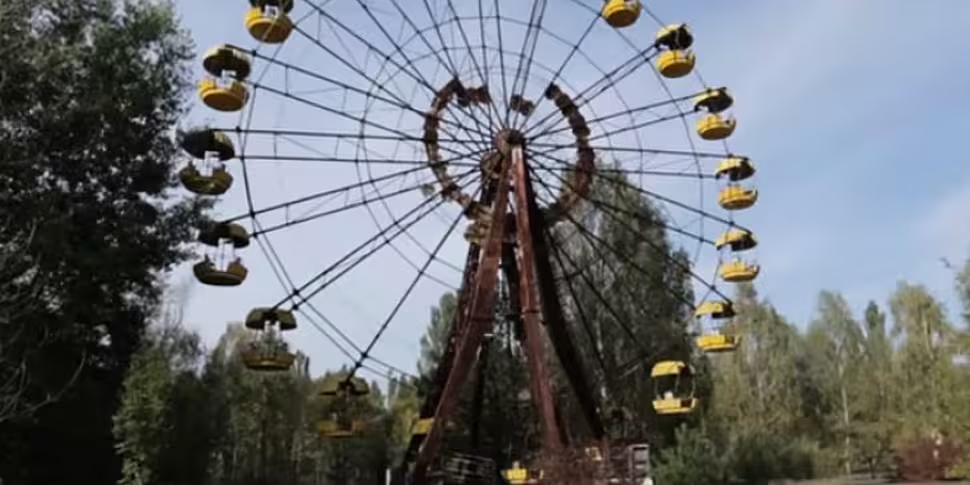It would have seemed unthinkable in the late Eighties, with the memory of the Reactor Four explosions still fresh and horrifying in the collective mind, and for years thereafter, with deadly radioactive particles air-swimming back and forth across Northern Europe and Russia in the breeze, but the Chernobyl Reactor Plant is apparently now a place plenty of people around the world want to visit.
Conservatively speaking, close to 3,000 tourists from 50 countries around the world officially make the trip to the restricted Exclusion Zone (the 19 mile radius surrounding the blast area) each year.
Unofficially, local tour operators say that the number is more likely to be between 12,000 and 15,000.
In 2015, the Chernobyl exclusion zone administrators told Spiegel.de they had registered 16,386 total visitors from 84 countries.
The violent protests that erupted in the city of Kiev over 100 miles south of the area in 2014 scared some visitors away for a time, but there has been an upsurge in interest once again as we mark the 30th anniversary of the disaster today.
Number of annual tourists

Graph from spiegel.de, using info from the State Agency of Ukraine for the Exclusion Zone Management
As you would expect, considering the incident released 400 times more radioactive material into the atmosphere than the bombing of Hiroshima did – the Exclusion Zone is an extremely restricted area.
Nevertheless, a number of Kiev tour operators run trips into the town of Pripyat (just two kilometres away from the source of the meltdown) that they insist are safe.
Particularly brave holidaymakers can even have an overnight stay in the Exclusion Zone hotel.
Arriving by tour bus, guests are asked for documentation at a number of check points. Inside, they are banned from eating or drinking anything that does not come from outside the zone, from touching anything, and are warned against sitting on the ground.
Nothing can be taken from the abandoned city, and tourists pass through a number of body scanners that detect high levels of radiation when they are leaving.
Tour company brochures argue that while the radiation dosage near the concrete-encased reactor "sarcophagus" is roughly 20 times the contamination levels of a major city, it is allegedly less than you receive during a trans-Atlantic flight.
Crews maintaining the sarcophagus, however, work heavily-monitored five-hour days for a month at a time before they take 15 days off.
Ukrainian officials have suggested that Pripyat would not be inhabitable for another 20,000 years.









